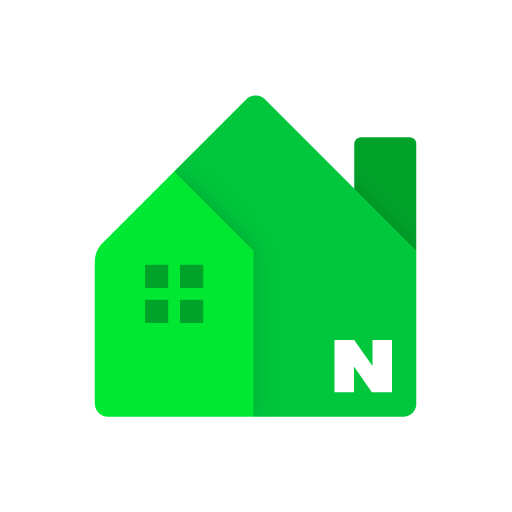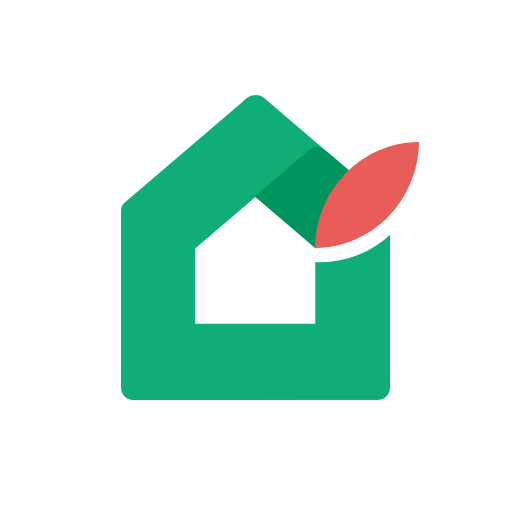[Lifehacks] Your guide to finding a home away from home in Korea
Published: 19 May. 2022, 12:39
Updated: 03 Mar. 2023, 17:38
![[SHUTTERSTOCK]](https://koreajoongangdaily.joins.com/data/photo/2023/03/03/cc84de11-d9c1-45fb-a4c2-302218b39fb6.jpg)
[SHUTTERSTOCK]
Living independently is something most students hope to experience during their college life, but finding a place to call home can be a bit of a challenge.
Student housing options in Korea vary from on-campus dormitories to a whole range of off-campus rentals, as the choice between the two often comes down to what sort of lifestyle you want to have and how much work you're willing to put into the house hunt.
However, if this is your first time in Korea and your Korean proficiency is limited, there might be some difficulties understanding what your options are and how to find them. Below is an extensive guide to help you to find somewhere to hang your proverbial hat as a college student in Korea!
Goshiwon
![Goshiwon [PRIME TEAM]](https://koreajoongangdaily.joins.com/data/photo/2023/03/03/97b87674-18b0-452e-9c5c-a41cc8e32316.jpg)
Goshiwon [PRIME TEAM]
Goshiwon are conventionally rented by students during intensive periods of study, but they can also be used as long-term living space. They are usually very small in size and come with basic amenities for one person such as a bed, a desk, an air-conditioner, some storage space and a bathroom.
Kitchens and laundry rooms are shared among residents of the same floor and depending on the structure of the building, small restaurants can sometimes be found on the first floor.
Because of the enclosed space, goshiwon usually come with regulations, such as no guests allowed or no cooking inside the rooms.
Goshitel, the buildings that house goshiwon, can be found near campuses and the monthly price per room in Seoul can range from 200,000 won ($156) to 550,000 won, with utilities included. A deposit is not normally required.
Shared houses
![Shared house [PLAN A]](https://koreajoongangdaily.joins.com/data/photo/2023/03/03/1f147eb9-5432-4d4b-8d32-f5c7f5ed9f1f.jpg)
Shared house [PLAN A]
The concept of a shared house is quite similar to goshiwon, where students live in a private room with a private bathroom and share the rest of the house with other tenants.
The main difference is in the room size and the shared facilities available to tenants. One floor usually has four to eight rooms — these rooms are bigger than goshiwon and the communal space is also bigger, with better-equipped kitchens and laundry rooms.
This housing type can be great for those who enjoy socializing with new people.
Shared houses require a deposit and monthly rent, which is called wolse in Korean. The deposit amount depends on the landlord and can be negotiable, an increase in deposit usually means a decrease in monthly rent and vice versa. Utility fees are normally paid separately.
Rentals
![Studio apartment [Seoul Oneroom]](https://koreajoongangdaily.joins.com/data/photo/2023/03/03/c8d65cfa-6ed2-4a38-b881-42adf3e48662.jpg)
Studio apartment [Seoul Oneroom]
Rentals are preferred by many college students because they are more spacious and private than other options. Rentals come in a lot of different shapes and sizes and are widely displayed on housing mobile applications.
Depending on personal preferences and budget, students can rent anything from studios to large apartments on their own, or share a bigger house with friends. Some places offer furniture and home appliances such as a stove, refrigerator, washing machine and bed, while some come partly-furnished or completely unfurnished.
Rentals do not have strict regulations as long as residents keep common areas clean and refrain from making loud noises. Room size and condition vary depending on location, deposit and monthly rent — usually the higher the deposit, the lower the monthly rent. Utilities are not included in monthly rent and have to be paid separately.
There are two types of lease for this housing type: Wolse and jeonse (key money deposit). The jeonse system is unique to Korea and does not require tenants to pay monthly rent, but instead a huge deposit — often up to 80 percent of the value of the property. Jeonse contracts are signed for two years, after which tenants will receive their entire deposit back.
How can you start house hunting as a college student?

Zigbang

Naver Real Estate

Peterpanz
Other than that, social media platforms such as Everytime and Facebook can also be good sources for students to find short-term rentals. A more direct option for somebody looking to rent is to walk into a real estate agency in the desired area, specify your requirements and go for some viewings.
Mobile applications for house hunting
While mobile applications vary, the most commonly used ones for college students are Zigbang, Naver Real Estate and Peterpanz.
The apps allow you to choose a specific area, filter the range of deposit and monthly fee you prefer, along with other options such as floor number and parking space. The listings provide photos and detailed descriptions of the building’s facilities, room amenities, nearby stations, etc.
You can also contact realtors directly, or leave questions for them in the chat function. Make sure to specify your conditions because the realtor might be able to show you some other options not listed on the apps.
These apps are currently available in Korean only, though the realtors of some listings may offer services in English, Chinese or Japanese — although this is not always guaranteed. These apps are really only an option if you're looking for a rental property. If a goshiwon or shared house is more to your preference, it's better to look around campus and directly contact a landlord.
Social media

Everytime
On Everytime, the most widely-used application for college students in Korea, there is a distinctive feature for users to share available housing around their campus. You can access this feature by clicking on the “Marketplace Board” (장터게시판) and choosing “One-room (원룸).”
This is especially helpful because these postings are likely to be uploaded by students at your school, who can connect you directly with the homeowners and most of the accommodation will be in the area you are searching for. A downside is that the options are limited and they are usually short-term contracts.

As all of the Korean apps require a Korean phone number before users can log in, Facebook is the best option for students that want to lock in some accommodation before they arrive in Korea.
BY STUDENT REPORTER DO MINH HANH [kjd.kcampus@joongang.co.kr]










with the Korea JoongAng Daily
To write comments, please log in to one of the accounts.
Standards Board Policy (0/250자)